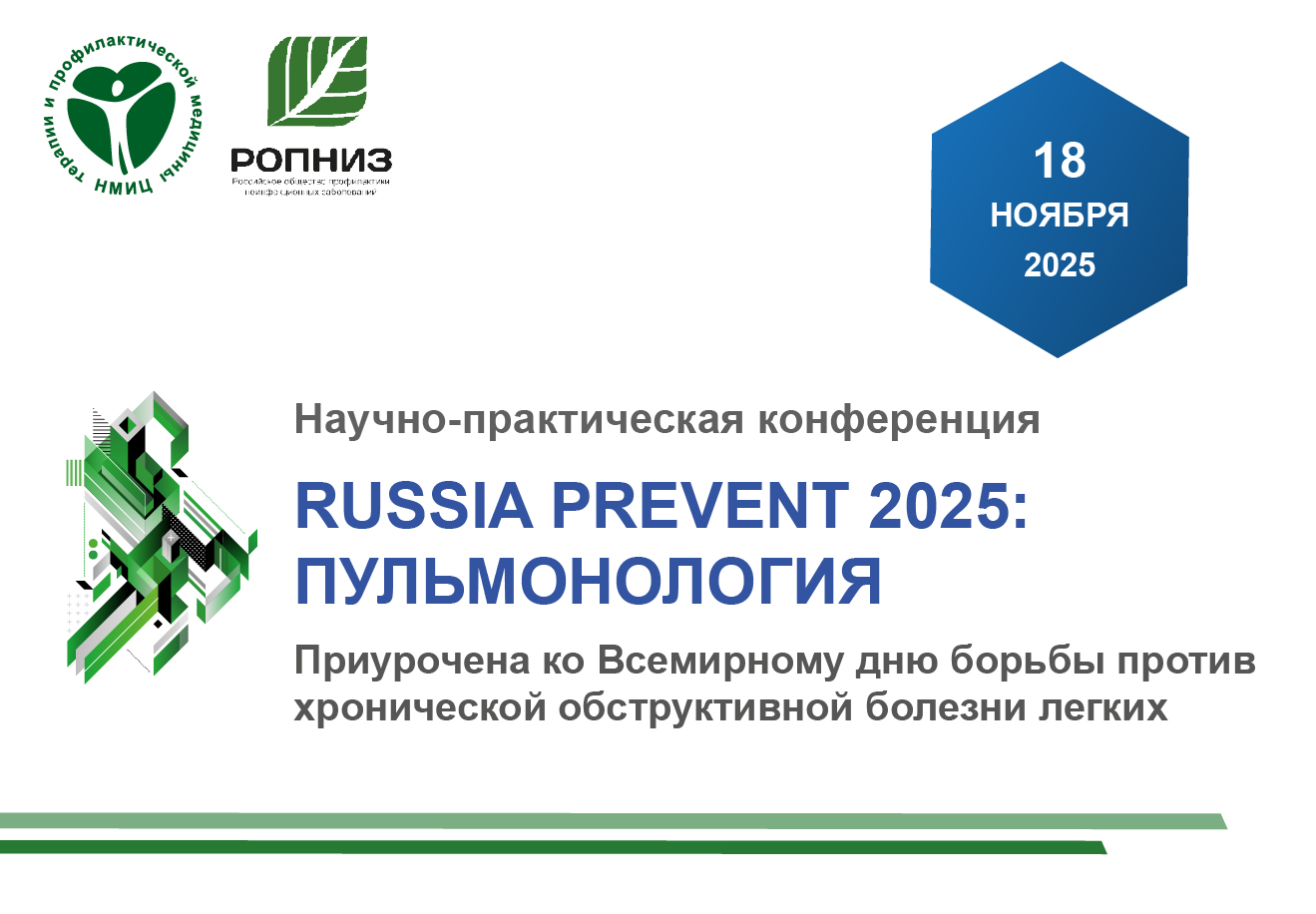Predictors of hypertension in women with rheumatoid arthritis
https://doi.org/10.15829/1728-8800-2019-3-11-17
Abstract
Aim. To determine the set of significant risk factors for arterial hypertension (AH) in women with rheumatoid arthritis (RA).
Material and methods. The study included two groups of patients with RA: group 1 — women with AH (n=162), group 2 women without AH (n=61). Clinical, laboratory, instrumental examination of patients and determination of risk factors (RF) for cardiovascular diseases (CVD) in RA were provided according to Association of Rheumatologists of Russia (ARR 2017) and the Russian Society of Cardiology (RSC, 2017) guidelines. Salt taste sensitivity threshold (STST) was studied with R. J. Henkin’s modified method. The analysis of the internal body fluids was made with bioimpedance analysis. The glomerular filtration rate (GFR) was estimated with MDRD equation (K/DOQI, 2002). Statistical data were obtained with “Statistica 10” software. Logit regression analysis was used to identify the correlation between RF and AH.
Results. The predictors of AH in RA were: age over 55 years (p=0,001), early menopause (p=0,001), increased total blood cholesterol (р=0,001), prednisolone intake more than 10 mg/day (p=0,001), early family history of CVD (p=0,01), decreased GFR less than 60 ml/min/1,73 m. (p=0,01), high STST (p=0,01), unbalanced nutrition (p=0,01), pregnancy pathology (p=0,01), high activity of the inflammatory process (p=0,01), psychosocial factors (stress, anxiety, depression) (p=0,01), obesity (p=0,01), duration of RA more than 10 years (p=0,01). There were 2 times more salt-sensitive patients among women with RA and AH than those with RA and without AH (87 and 48%, respectively). Increased fluid in the body was observed with decreased natriuresis; it implied the presence of volume-dependent hypertension (VDH).
Conclusion. The study demonstrated the significance of determining the set of predictors such as cardiometabolic, gender, psychosocial, disease-mediated, renal ones. The importance of STST in RA is evident. The information about AH predictors allows to create individual recommendations to correct modifiable RF and prescribe therapy for women with RA. The conducted research will enable to optimize the follow-up process of the patients and reduce the mortality from cardiovascular complications.
About the Authors
I. V. OsipovaRussian Federation
Barnaul
Yu. N. Starodubova
Russian Federation
Barnaul
O. N. Antropova
Russian Federation
Barnaul
I. G. Polyakova
Russian Federation
Barnaul
L. V. Borisova
Russian Federation
Barnaul
References
1. Novikova DS, Popkova TV, Nasonov EL. Arterial hypertension in rheumatoid arthritis. Nauchno-prakticheskaya revmatologiya. 2011;3:52-68. (In Russ.)
2. Meune С, Touze Е, Trinqurte L. Trends in cardiovascular mortality in patients with rheumatoid arthritis over 50 years: a systematic review and meta-analisis of cohort studies. Rheumatology. 2009;48(10):1309-13. doi:10.1093/rheumatology/kep252.
3. Arshin EV. Epidemiology of hypertension in patients with rheumatoid arthritis. Nauchno-prakticheskaya revmatologiya. 2005;43(5):24-5. (In Russ.)
4. Kuzmin OB, Pugayeva MO. Renal mechanisms of essential hypertension. Nephrology. 2005;9(2):23-8. (In Russ.)
5. Babkin AP, Gladkikh VV. The role of salt in the development of hypertension. International medical Journal. 2009;3:42-3. (In Russ.)
6. Sundstrom B, Johansson I, Rantapaa-Dahlgvist S. Integration Between Dietary Sodium and Smoking Increases the Risk for Rheumatoid Arthritis. Rheumatology. 2015;(3):487-93. doi:10.1093/rheumatology/keu330.
7. Fogarty F, Lewis S, VcKeever T. Is higher sodium intake associated with elevated systemic inflammation? A population-based study. Fm J Clin Nutr. 2009;89(6):19014. doi:10.3945/ajcn.2008.27006.
8. Starodubova YuN, Osipova IV. Characteristics of dyslipidemia and the duration of rheumatoid arthritis in women. Ateroskleroz. 2017;13(3):34-9. (In Russ.)
9. Cardiovascular prevention 2017. National guidelines. Russ J Cardiol. 2018;23(6):7122. (In Russ.) doi:10.15829/1560-4071-2018-6-7-122.
10. Henkin RI, Gill JR, Bartter FC. Studies on taste threshold in normal man end in patients with adrenal cortisol insufficiency: the role adrenal cortical steroids and serum concentration. J Clin Invest. 1963;42(5):727-35.
11. Kulikov VP, Tregub PP, Osipova IV, et al. Express method for the salt sensitivity threshold determination. Arterialnaya gipertenziya. 2015;21(5):487-92. (In Russ.)
12. Brown IJ, Tzoulaki I, Candeias V, et al. Salt intakes around the world: implications for public health. International Journal of Epidemiology. 2009;38(3):791-813. doi:10.1093/ije/dyp139.
13. Nikitina NM, Romanova TA, Afanasyev IA, et al. Arterial Hypertension in Patients with Rheumatoid Arthritis. What should be known and considered at diagnosis and treatment? Rational Pharmacotherapy in Cardiology. 2016;12(5):547-52. (In Russ.)
14. Orlova NV, Chukaeva II, Alyautdinova IA. Role of cholecustitis in development of arterial hypertension. Medical alphabet. 2017;1(4):31-5. (In Russ.)
15. Poteshkina NG. Salt intake, arterial hypertension, and cardiovascular risk. Russ J Cardiol. 2011;(3):87-95. (In Russ.) doi:10.15829/1560-40712011-3-87-95.
Review
For citations:
Osipova I.V., Starodubova Yu.N., Antropova O.N., Polyakova I.G., Borisova L.V. Predictors of hypertension in women with rheumatoid arthritis. Cardiovascular Therapy and Prevention. 2019;18(3):11-17. (In Russ.) https://doi.org/10.15829/1728-8800-2019-3-11-17

























































